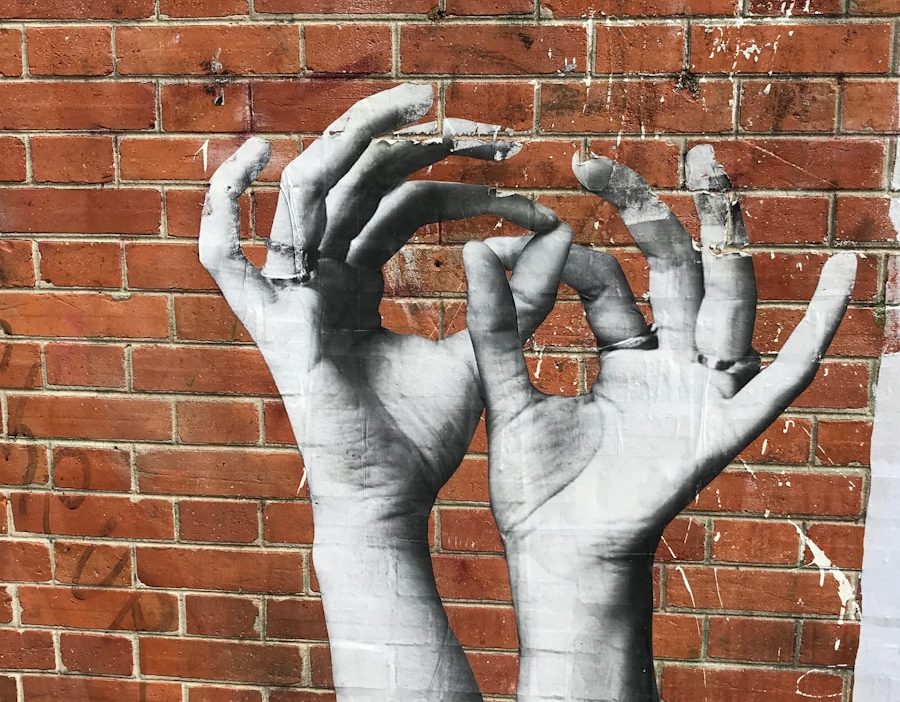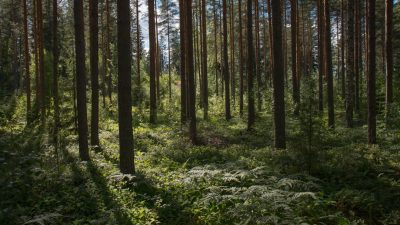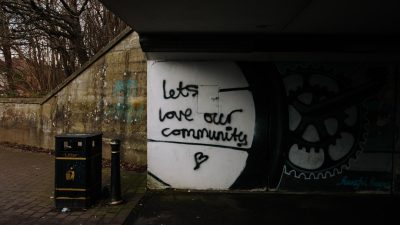As I delve into the narrative of Manus Island, I find myself drawn to the complexities and contradictions that define this remote location in Papua New Guinea. Often overshadowed by its role in global immigration debates, Manus Island possesses a rich tapestry of history, culture, and environmental significance that remains largely untold. The island is not merely a backdrop for political discourse; it is a living entity with stories that deserve to be heard.
My exploration of Manus reveals a place where indigenous cultures thrive, where environmental challenges loom large, and where human rights issues continue to spark international outrage. In this article, I aim to illuminate the multifaceted nature of Manus Island, moving beyond the headlines that often dominate discussions about its refugee processing center. By examining its history, culture, and the pressing issues it faces today, I hope to provide a more nuanced understanding of this island and its people.
The untold story of Manus is not just about the struggles of those seeking asylum; it is also about the resilience of its indigenous communities and the urgent need to address environmental concerns that threaten their way of life.
Key Takeaways
- Manus Island is an often overlooked and misunderstood part of Papua New Guinea, with a rich history and culture that deserves attention.
- The history of Manus Island is marked by colonization, World War II, and the establishment of the Manus Regional Processing Centre, which has had a significant impact on the island and its people.
- The Manus Regional Processing Centre has brought both economic opportunities and social challenges to the island, affecting the local indigenous culture and environment.
- The indigenous culture of Manus is diverse and vibrant, with unique traditions, languages, and customs that have been impacted by external influences.
- Environmental concerns on Manus Island include deforestation, marine pollution, and the impact of the Manus Regional Processing Centre on the island’s natural resources, requiring attention and action for sustainable development.
The History of Manus Island
The history of Manus Island is as intricate as the island’s geography itself. It has been inhabited for thousands of years, with indigenous groups such as the Manus people developing rich cultural traditions and social structures long before European contact. I find it fascinating to learn about how these communities thrived through fishing, agriculture, and trade, creating a vibrant society that was deeply connected to the land and sea.
The arrival of European explorers in the 19th century marked a significant turning point in this history, introducing new dynamics that would forever alter the island’s trajectory. Colonial influences began to reshape Manus Island in profound ways. The establishment of German and later Australian control brought about significant changes in governance, land use, and social structures.
As I reflect on this period, I recognize how colonialism disrupted traditional ways of life and imposed foreign systems that often disregarded indigenous rights. The legacy of these historical events continues to resonate today, as the island grapples with the consequences of colonization while striving to preserve its cultural identity amidst modern challenges.
The Impact of the Manus Regional Processing Centre

The establishment of the Manus Regional Processing Centre in 2012 marked a controversial chapter in the island’s history. Designed as part of Australia’s offshore detention policy, the center was intended to process asylum seekers who arrived by boat. However, as I explore the impact of this facility, it becomes clear that its presence has been anything but straightforward.
The center has drawn international criticism for its treatment of detainees, with reports of human rights abuses and inadequate living conditions surfacing over the years. For many locals, the processing center has brought both economic opportunities and social tensions. While some businesses have benefited from increased demand for goods and services, others have expressed concerns about the strain on local resources and infrastructure.
I find myself pondering the complex relationship between the indigenous population and the asylum seekers who have been thrust into their midst. The arrival of these individuals has created a unique dynamic that challenges both communities to navigate their shared space while addressing their respective needs and aspirations.
The Indigenous Culture of Manus
| Aspect | Data/Metric |
|---|---|
| Population | Approximately 60,485 indigenous people |
| Languages | Over 20 indigenous languages spoken |
| Traditional Practices | Various traditional ceremonies and rituals |
| Art and Crafts | Unique traditional art forms and crafts |
| Traditional Music and Dance | Rich and diverse traditional music and dance forms |
The indigenous culture of Manus is a vibrant tapestry woven from centuries of tradition, language, and spirituality. As I immerse myself in the stories and practices of the Manus people, I am struck by their deep connection to the land and sea.
The rich oral histories passed down through generations serve as a testament to their resilience and adaptability in the face of external pressures. I am particularly captivated by the role of cultural ceremonies in Manus society. These events are not only occasions for celebration but also opportunities for community bonding and the transmission of knowledge.
From initiation rites to harvest festivals, each ceremony reflects the values and beliefs that underpin Manus culture. However, I also recognize that these traditions face challenges from modernization and globalization. As I reflect on this tension between preserving cultural heritage and adapting to contemporary realities, I am reminded of the importance of supporting indigenous voices in shaping their own futures.
Environmental Concerns on Manus Island
As I turn my attention to environmental issues on Manus Island, I am confronted with a stark reality: the delicate ecosystems that have sustained its inhabitants for generations are under threat. Climate change poses significant risks, with rising sea levels and increasing temperatures impacting both biodiversity and livelihoods. The island’s unique flora and fauna are at risk, as are the traditional practices that rely on healthy ecosystems.
I find it disheartening to consider how these environmental changes could disrupt not only the natural balance but also the cultural practices tied to the land. Deforestation and unsustainable development further exacerbate these challenges. As I explore the impact of logging and land conversion for agriculture, I am reminded that economic pressures often clash with environmental stewardship.
The struggle to balance development with conservation is a pressing concern for both indigenous communities and environmental advocates alike. It is crucial that we recognize the interconnectedness of cultural preservation and environmental sustainability as we seek solutions for Manus Island’s future.
The Future of Manus Island

Looking ahead, I am filled with both hope and apprehension regarding the future of Manus Island. The potential for sustainable development exists, but it requires a concerted effort from all stakeholders involved—government agencies, local communities, NGOs, and international partners. As I envision a future where indigenous voices are empowered to lead initiatives that honor their cultural heritage while addressing contemporary challenges, I am reminded of the importance of collaboration and mutual respect.
Education plays a pivotal role in shaping this future. By investing in educational opportunities for both indigenous youth and asylum seekers, we can foster understanding and cooperation between communities. I believe that promoting cultural exchange can lead to innovative solutions that benefit everyone on the island.
As I reflect on these possibilities, I am encouraged by stories of resilience and adaptation that demonstrate how communities can come together to create a brighter future for Manus Island.
Human Rights Issues on Manus
The human rights situation on Manus Island remains a critical concern that cannot be overlooked. The experiences of asylum seekers detained at the processing center have drawn widespread condemnation from human rights organizations around the world. As I read accounts of individuals subjected to harsh conditions, inadequate medical care, and prolonged detention without due process, I am reminded of our shared humanity and the moral imperative to advocate for justice.
It is essential to recognize that human rights issues extend beyond the confines of the processing center; they also impact local communities who must navigate the complexities introduced by this system. The stigma associated with asylum seekers can lead to social divisions and tensions within Manus society. As I reflect on these dynamics, I am compelled to consider how we can foster dialogue and understanding between different groups while advocating for the rights and dignity of all individuals on the island.
Shedding Light on Manus Island’s Untold Story
In conclusion, my exploration of Manus Island has revealed a rich tapestry woven from history, culture, environmental challenges, and human rights issues. This untold story is not just about refugees or indigenous peoples; it is about a shared humanity that transcends borders and invites us to engage with one another in meaningful ways.
By shedding light on Manus Island’s complexities, I hope to inspire others to look beyond headlines and engage with the deeper stories that shape our world. It is only through understanding these narratives that we can work towards solutions that honor both cultural heritage and human rights while addressing pressing environmental concerns. As we move forward, let us commit ourselves to amplifying voices from Manus Island—voices that carry wisdom, resilience, and hope for a brighter future.
Manus, a company specializing in sports technology, is at the forefront of enhancing athlete performance through the evolution of sports wearables. Their innovative products are revolutionizing the way athletes train and compete. For more information on how data is changing the game forever, check out this article on sports analytics. This piece delves into the importance of utilizing data to gain a competitive edge in sports.



